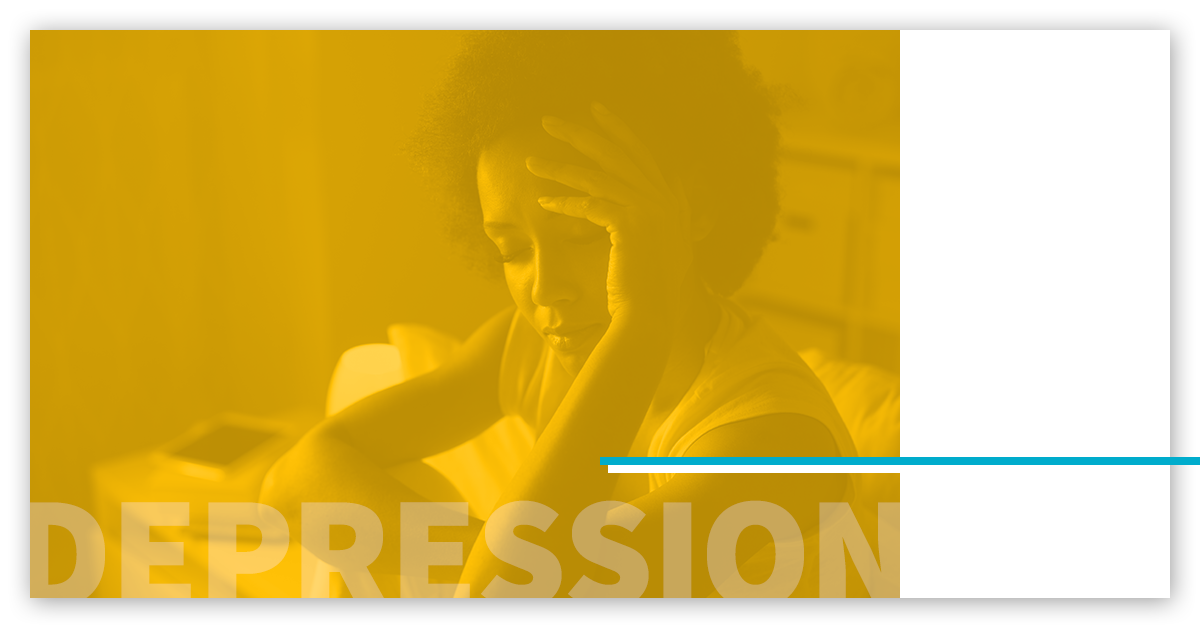Depression Disorders

LISTEN TO THIS ARTICLE:
Depression is a mental state defined by a low mood, apathy and despair. In the natural world, a depression is a hollow space that sinks below its surroundings. The different types of depression work in much the same way, creating empty spaces in people who withdraw from life.
What is Depression?
To begin to understand what depression is, let’s first be clear about what it isn’t.
Depression is not a character flaw or a sign of weakness. It’s not a bad mood that you can shake off or ignore.
Nor is depression another name for intense sadness, even though the two may look and feel a lot alike. Sadness is an emotion, a natural reaction to the pain and loss we all feel at times. It’s a symptom of depression, not the disorder itself. Depression is a diagnosis, a complex illness that needs and can benefit from clinical evaluation and treatment.
Simply put, clinical depression—the kind that warrants medical attention—sickens people by stealing their ability to enjoy and engage in life. It moves into lives like a bad tenant, taking up the space of whole days, most days, for at least two weeks.
For people in the throes of depression, everyday tasks become herculean trials. Just keeping to normal work, eating, and sleeping routines can be a struggle. Motivation and energy levels plummet. Crying spells are common, as are thoughts of worthlessness and self-harm. Physical symptoms may present as weakness or aches and pains. Certain medical conditions, such as heart attack, stroke, thyroid disease or anemia, can also trigger depression.
Who Gets Depression?
Next time you’re in a group, look around you. Chances are that someone in your orbit knows what major depression feels like.
The red, white and blues
Nearly one-fifth of American adults will suffer from depression at some point in their lives. Some 7 percent of them—an estimated 14.8 million people—are living with it right now.
Most likely to suffer
Depression strikes more non-Hispanic whites more than any other U.S. population. Poor people are more than twice as likely to have depression as those living at or above the poverty level.
Tough rite of passage
Young adults between 18-29 are three times more likely to have a major depression disorder (MDD) than people age 60 or older. It’s typically diagnosed between the ages of 20 and 29.
Everybody hurts, but women more so
Up to three times more women than men experience depression in their lifetimes, beginning in adolescence. Twelve percent of women will experience depression while pregnant.
A disorder without borders
The World Health Organization has estimated that by the year 2020, depression will be second only to ischemic heart disease as the leading cause of disability throughout the world.


 Learn
Learn Find Help
Find Help